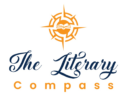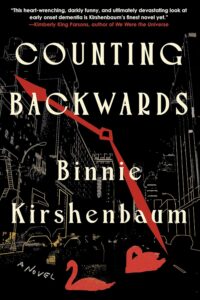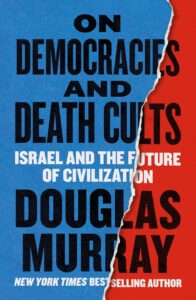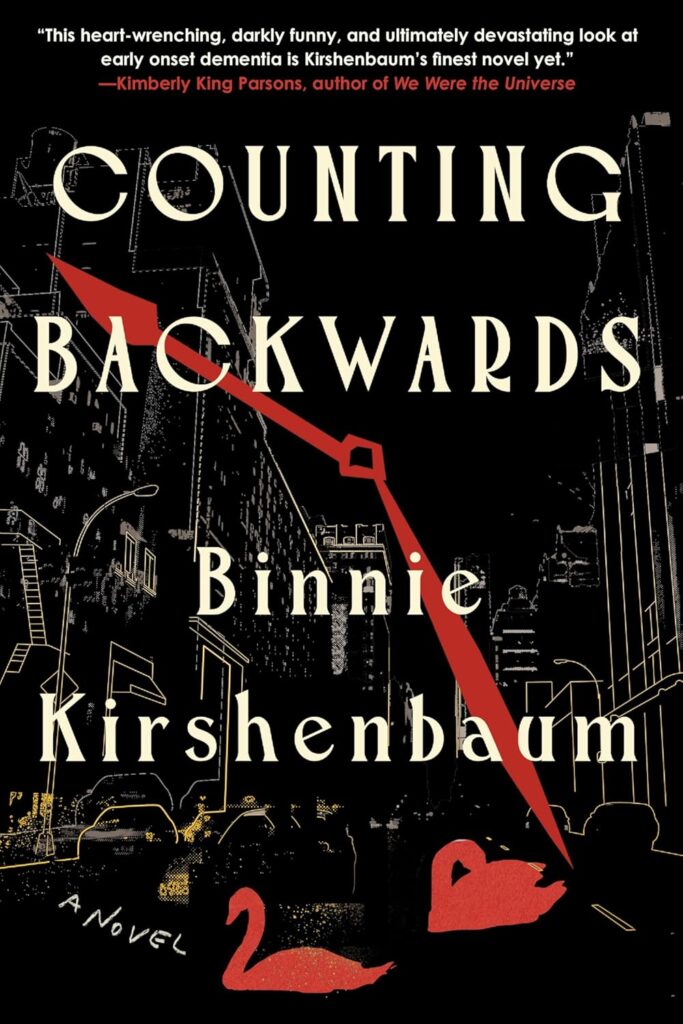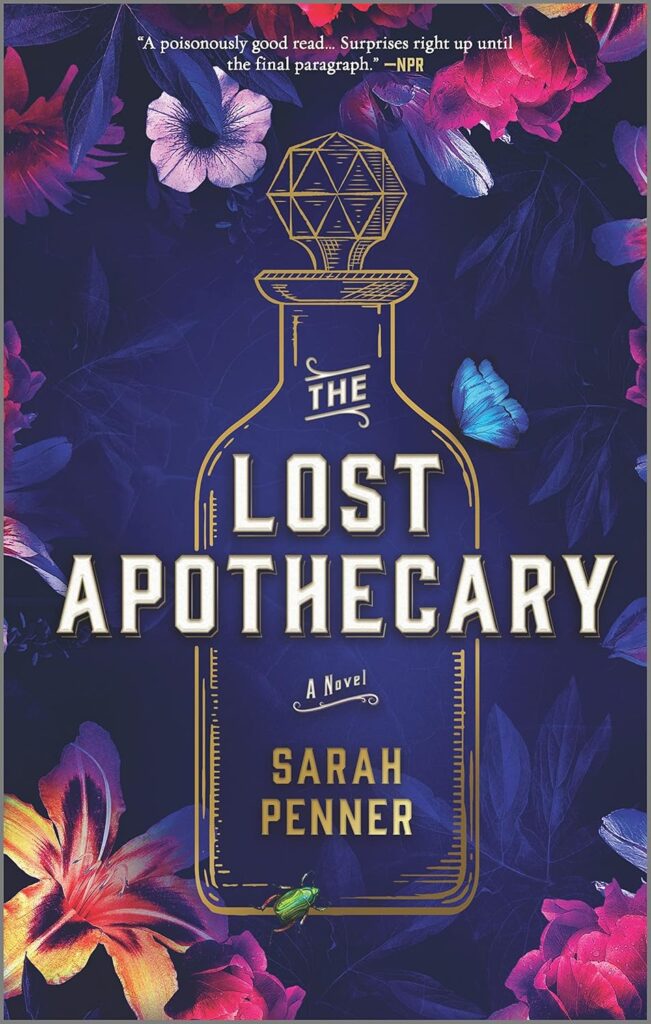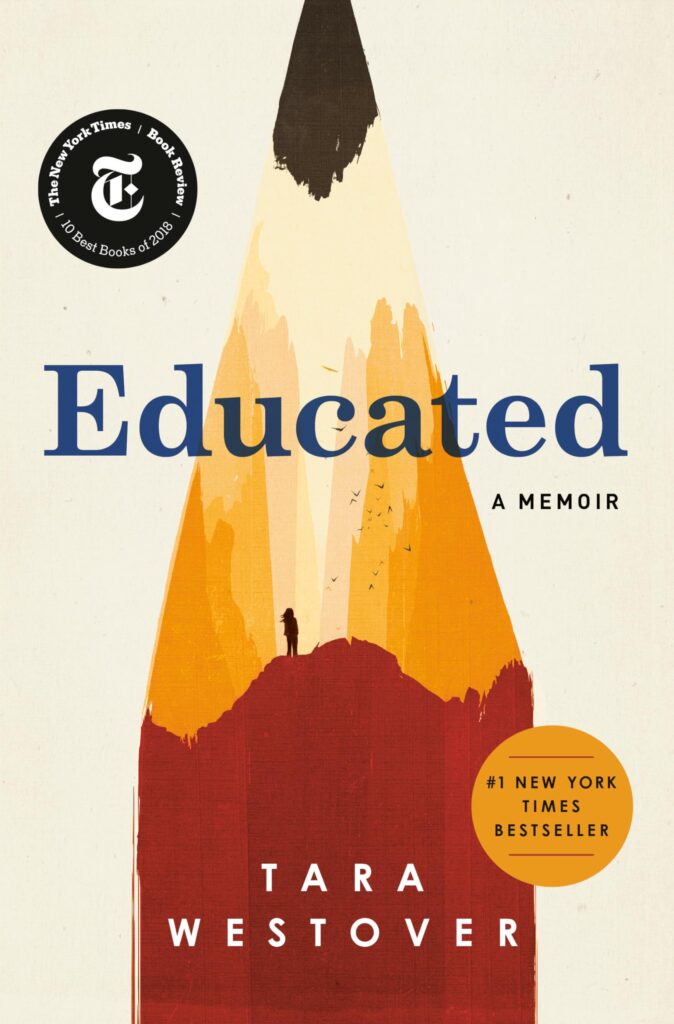Reading with ADHD can feel like trying to catch a single falling leaf in a whirlwind—your mind flits from one thought to another while the words blur together on the page. It’s frustrating, isn’t it? But the challenge isn’t because you lack intelligence or interest; it’s because the act of focusing, staying present with the text, and silencing the distractions feels like wrestling with an invisible tide. Still, there’s hope. Using the right strategies—ones tailored to ADHD’s unique rhythm—you can train your mind to anchor itself, page by page. Knowing this isn’t just about reading more effectively; it’s about showing yourself that even the things that seem impossible can become second nature with patience and the right approach.
Table of Contents
Understanding ADHD and Its Impact on Reading
For those of us navigating the world with ADHD, reading often feels more like a Herculean task than a calming escape. Words on a page fight for attention with the constant buzz of passing thoughts, and by the time you’ve reached the bottom of the page, the meaning of the text has already drifted away. But why is this? Understanding the interplay between ADHD and reading difficulties offers clarity—and perhaps, a bit of comfort for those grappling with how to focus while reading.
Why Reading Can Be Difficult for People with ADHD
ADHD introduces a unique set of challenges to the reading experience. The condition is characterized by three primary symptoms: inattention, hyperactivity, and impulsivity, each of which can directly interfere with a person’s ability to engage with a text. Short attention spans mean that even a beautifully written sentence can struggle to hold your focus before your mind leaps to something unrelated. Meanwhile, hyperactivity, whether physical or mental, makes sitting still with a book feel like a test of endurance. And then there’s distractibility: the constant pull of external sounds, visual stimuli, or internal daydreams creating a minefield of interruptions.
It’s not just about “not trying hard enough”—this is a neurological battle. ADHD brains process stimuli differently, making it harder to ignore distractions and finish that one chapter before bedtime. If this sounds familiar, you’re not alone. As noted by the Child Mind Institute, the competition between external environment and internal thought is often a hallmark of the ADHD reading struggle.
The Role of Working Memory in Reading
Working memory, the brain’s mental scratchpad that holds and manipulates information short-term, plays a pivotal role in reading comprehension. For many people with ADHD, this cognitive tool is less reliable. Imagine trying to put together a jigsaw puzzle, but the pieces you’ve just placed disappear before you can connect the next one—that’s what reading with a working memory deficit often feels like.
Retaining the structure of a paragraph, remembering earlier parts of a story, or even connecting new details to foundational knowledge becomes exhausting, if not impossible. Studies suggest these working memory challenges are why individuals with ADHD often struggle to piece together coherent meaning from text. According to CHADD, working memory deficits have a direct impact on understanding and processing written material effectively.
Without this mental holding space, everything from keeping track of plotlines to following detailed instructions in a textbook becomes a fight against the current. It’s no surprise that for many seeking tips on how to focus while reading, this issue lies at the heart of the struggle.
Relationship Between Reading Disorders and ADHD
The challenges don’t end with ADHD alone. In fact, research highlights significant overlap between ADHD and common reading disorders like dyslexia. It’s estimated that 25–40% of individuals with ADHD also have dyslexia or other related conditions (PubMed). While ADHD disrupts attention and memory, dyslexia affects the mechanics of reading itself—decoding words, understanding phonemes, and maintaining fluent reading.
Both conditions influence the way the brain processes written language, often compounding difficulties. For example, while ADHD might make it hard to stay engaged with a book, dyslexia can add layers of frustration by turning the act of decoding text into an uphill climb. This relationship, as detailed by the International Dyslexia Association, underscores the importance of addressing potential comorbidities for better support and intervention.
Understanding this link doesn’t just validate the struggle—it opens the door to targeted strategies that work in tandem with how our brains operate. The more we understand these intertwined challenges, the better we can tackle them.
Key Strategies for Improving Focus While Reading
Reading can be like trying to hold onto water—it slips through our hands when distractions flood in. Especially for those of us with ADHD, focusing on even the most captivating book can feel like an uphill struggle when the world around us refuses to quiet down. Whether it’s external noise, the hum of internal thoughts, or even a restless body, there are concrete ways we can reclaim that focus and immerse ourselves in the pages.
Creating a Distraction-Free Reading Environment

Photo by Mikhail Nilov
The first battle for focus often starts with our surroundings. Ever find yourself staring at the same sentence over and over because the TV is blaring in the background, or your phone keeps buzzing? A calm, quiet space is essential for deep, uninterrupted reading.
- Choose a dedicated space: A quiet corner in your home or a local library can work wonders.
- Use noise-canceling headphones: These can block out auditory distractions, even if you’re not playing music. White noise or instrumental playlists can also help.
- Set boundaries: Let others know you need uninterrupted time. A simple “Do Not Disturb” sign or message can make a difference.
Taking control of your environment is like switching off the static on a radio; suddenly, the melody—the story—becomes so much clearer.
Using Timers and Time-Blocking Techniques
Time can feel elusive, especially when focus slips away unnoticed. Setting timers and carving out specific reading intervals are like giving yourself mini-deadlines—a nudge that keeps you grounded.
- Pomodoro technique: Read for 25 minutes, then take a 5-minute break. This keeps your mind refreshed and prevents fatigue.
- Plan your reading chunks: Divide chapters or sections into manageable portions and set a timer for each. It’s easier to face a mountain when you break it into hills.
- Regular breaks: Use these to stretch, grab a drink, or simply clear your mind. Balance between effort and rest often sustains focus longer.
This structure mirrors the way athletes train—periods of intense focus followed by recovery to ensure peak performance.
Interactive Reading Techniques
Engaging with the text actively can transform reading from a passive activity to an immersive experience. Think of it as having a conversation with the book rather than just listening to its monologue.
- Annotate as you go: Underline, highlight, or jot notes in the margins. It’s like leaving breadcrumbs for your thoughts.
- Summarize paragraphs: By pausing to rephrase a section in your own words, you cement its meaning in your mind.
- Ask questions: “What is the author trying to say here?” or “How does this connect to the bigger picture?” keeps your brain invested.
This active engagement not only boosts retention but also makes the process dynamic and fun.
Multisensory Approaches to Reading
Sometimes, simply sitting with a book isn’t enough to fully engage us. Incorporating multiple senses can anchor focus in the moment, making words come alive in unexpected ways.
- Read aloud: Hearing the words can help them stick better, almost like narrating your own audiobook.
- Pair with audiobooks: Listening while reading along synchronizes auditory and visual processing, creating a deeper connection to the story.
- Incorporate movement: Try pacing while reading slower texts or using a fidget toy during pauses. Movement often helps restless minds settle.
These methods work like a symphony—tapping into different senses elevates the experience, leaving no room for boredom or wandering thoughts.
Utilizing Technology for Better Focus
Technology, often seen as a distraction, can also be our greatest ally when used wisely. There’s a growing suite of tools designed to enhance focus and streamline the reading experience.
- Bionic reading apps: Tools like Bionic Reading highlight key parts of words to guide your eyes effortlessly through text.
- Adjustable e-readers: Devices like Kindle offer features such as font customization, background tinting, and even built-in dictionaries to reduce cognitive load.
- Focus-enhancing software: Apps like Forest gamify staying focused, turning screen time into a productivity booster.
When wielded with intention, these tools are like the scaffolding for a building—supporting you as you construct a more focused reading practice.
The Role of Mindfulness and Physical Activity
When it comes to staying glued to your book, the tension between an overactive mind and restless energy can feel relentless. But what if instead of battling those impulses, you worked with them? Mindfulness and physical activity offer pathways to recalibrate your focus—not by forcing stillness, but by gently guiding both your mind and body to center themselves, much like adjusting the lens of a camera until the world comes into sharp clarity.
Mindfulness Exercises for Better Concentration
Mindfulness isn’t a mythical mountain you have to climb—it’s simply about being present, steering your thoughts away from the churning noise and toward the task at hand. By incorporating mindfulness before and during your reading sessions, you can equip your brain with the tools it needs to filter distractions.
- Deep Breathing Practice: Before opening your book, sit comfortably and take slow, deliberate breaths. Inhale through your nose for a count of four, hold for four, and exhale through your mouth for another count of four. This technique, often called “box breathing,” signals your nervous system to calm down, creating a mental stillness ready for focus (Mayo Clinic).
- Five-Senses Check-In: Pause mid-reading if your attention wanders. Name one thing you can feel, hear, see, taste, and smell. This tethers your mind to the moment, grounding you like an anchor to a drifting boat.
- Simple Meditation: Start small—one or two minutes of sitting quietly can be transformative. Focus entirely on your breath, or gently recite a single word that reminds you of peace or intention, such as “focus” or “stillness.”
When you shift your attention to these exercises, it’s like hitting the “refresh” button on a sluggish computer, clearing the mental clutter for sharper concentration. More mindfulness tips can make this integration even easier.
Incorporating Movement Breaks
Reading for extended periods can leave your mind feeling as stagnant as still water. Sometimes, the best way to sharpen your focus is to move—literally. Physical activity jolts your brain awake, releasing endorphins and increasing blood flow, which are key to restoring attention (CDC).
Here’s how short bursts of movement can become game-changers while reading:
- Stretch Intervals: Every 20–30 minutes, stand up and stretch. Reach for the ceiling, bend to touch your toes, or gently twist your torso. It’s amazing how a simple stretch can shake off the cobwebs of lethargy.
- Power Walks: Take five minutes to walk briskly around the room, your backyard, or down the street. Walking allows your brain to process what you’ve just read, much like letting a fine tea steep to perfection.
- Active Jumps: A minute of jumping jacks or high-knees revs up your focus like flipping a light switch, thanks to the immediate rush of oxygen to your brain.
Moving doesn’t just energize your body; it also realigns scattered thoughts. You’ll return to your book with a mental clarity that feels almost like pressing “reset.” Research even suggests that regular physical activity can sustain concentration levels for up to an hour post-exercise (The Conversation).
Mindfulness and movement: one sharpens your internal focus, the other revitalizes your external energy. Together, they create a rhythm that lets you fully absorb your book, page by page.
Working with Your ADHD Brain
Living with ADHD often feels like being the conductor of an orchestra that refuses to play in harmony. Your thoughts—vivid and relentless—can make concentrating on a single task, like reading, an uphill battle. But here’s the truth: the ADHD brain isn’t broken. It simply marches to the beat of a drum most others cannot hear. Instead of fighting it, what if we learned to work with it? By tuning into its unique rhythm and finding strategies tailored to our strengths, focusing can feel less like a struggle and more like a dance.
Choosing Engaging Content
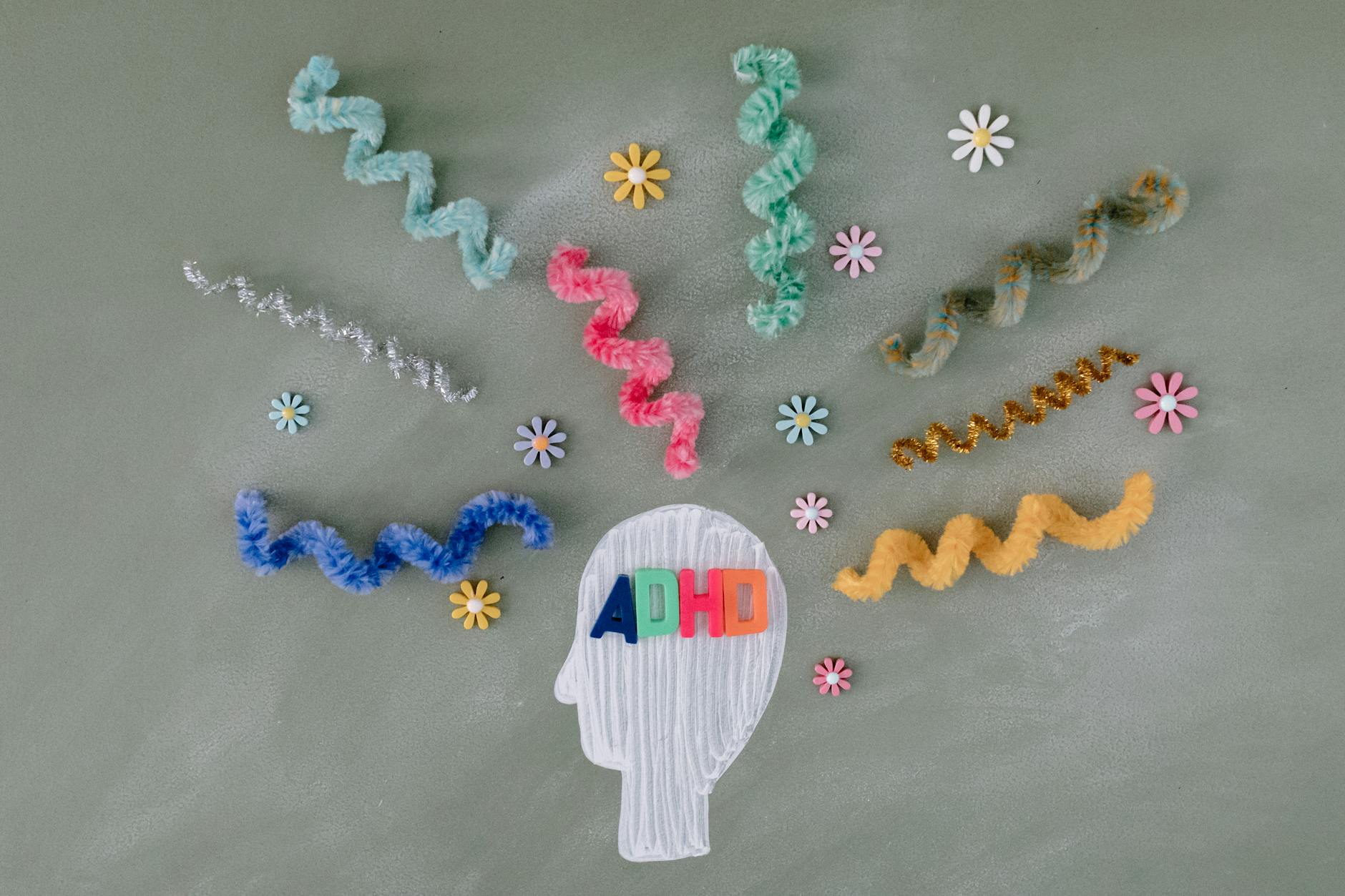
Photo by Tara Winstead
Let’s be honest—reading something dull feels impossible when living with ADHD. Imagine trying to paddle upstream with one broken oar. Instead of choosing books or articles you think you “should” read, start with content that ignites curiosity or caters to your hyperfocus moments. Love a good mystery? Dive into that. Fascinated by space? Pick up a sci-fi book.
Here’s why it works: interest fuels attention. When we choose material we’re genuinely excited about, our brains become like moths to flame. This is supported by strategies shared in this helpful guide, which emphasizes aligning your reading choices with personal interests to improve focus. You don’t need to read what everyone else is reading; find what speaks to you, and let that be your starting point.
Accepting Flexible Reading Goals
ADHD often whispers (or shouts), “You’re not doing enough.” But beating yourself up for not finishing a chapter or even a paragraph isn’t productive—it’s self-defeating. The truth? Progress, even small steps, is still progress.
Set flexible, bite-sized goals. Instead of vowing to finish an entire book in one sitting, decide to complete two pages or 10 minutes of reading at a time. Celebrate that! Our self-esteem can soar when we acknowledge victories, no matter how small. Platforms like Verywell Mind suggest pairing short reading intervals with small rewards—take a victory lap for each completed section, whether that’s savoring a snack or basking in a moment of pride.
Think of it this way: flexible goals are like soft stepping stones. They help you cross the river without the pressure of reaching the other side in one mighty leap.
Recognizing the Need for Breaks and Rest
Reading for extended periods drains our mental fuel tanks. And with ADHD, it’s easy to feel guilt for pausing when others seem to power through effortlessly. But guilt doesn’t belong in this process. Breaks aren’t failures—they’re tools.
Taking strategic pauses rejuvenates focus in the same way hitting “refresh” clears the glitches in your browser. Aim to work with, not against, your brain. For instance, try reading for 15 minutes, then stepping away for 5 minutes to stretch or grab a drink. Studies repeatedly show that breaks, especially for individuals with ADHD, actually enhance long-term productivity (Choosing Therapy).
Here’s a tip: plan moments of rest as intentionally as you plan your reading sessions. See them as companions to your progress, not interruptions. Much like regularly tending to a fire keeps it blazing, pausing prevents burnout and ensures your reading session stays alive and engaging.
These strategies remind us that working with your ADHD brain isn’t about taming it or molding it into someone else’s pattern. It’s about understanding its tempo, strengths, and quirks. With the right tools and mindset, focusing while reading can shift from frustration to fulfillment.
